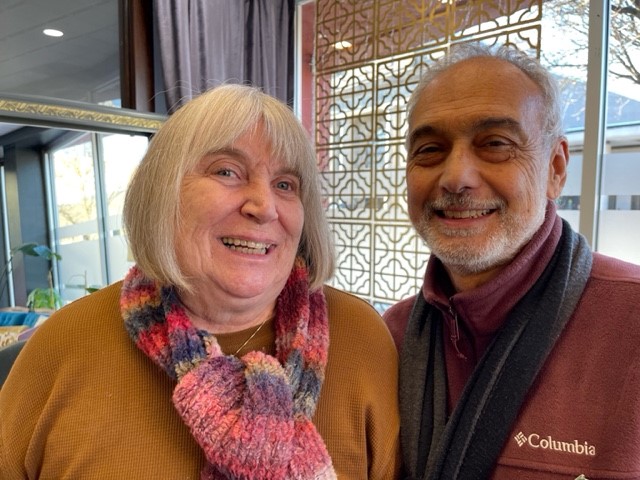
BIANYS To Honor Laurens Couple at March On Walk
By DARLA M. YOUNGS
LAURENS
In 2015, Manny Pelligra had been getting ready for work—knowing retirement awaited him at the end of the week—when his wife, Pat, told him she wasn’t feeling well. As they left the house together that day, Pat needed help to the car, and Manny immediately knew he had to get her to the emergency room. Pat had suffered a stroke. What began as a brain bleed was followed by years of surgeries and rehabilitation.
“The first couple of years during Pat’s recovery were certainly difficult,” Manny recalled. “There were many doctor appointments, therapy visits, additional surgeries, counseling, etc. Our retirement plans had changed, and our daily life needed adjustment.
You have reached your limit of 3 free articles
To Continue Reading
Our hard-copy and online publications cover the news of Otsego County by putting the community back into the newspaper. We are funded entirely by advertising and subscriptions. With your support, we continue to offer local, independent reporting that is not influenced by commercial or political ties.

